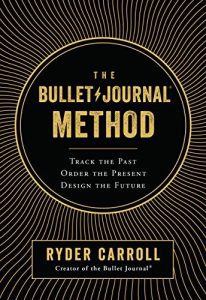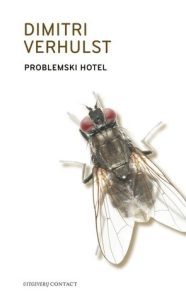Title: The Checklist Manifesto: How to Get Things Right
Author: Atul Gawande
First published December 22, 2009
208 pages, Hardcover
ISBN: 9780805091748 (ISBN10: 0805091742)
Rating: 4.03
Overview
Meg Waite Clayton delivers her most powerful novel yet, taking readers on a heart-wrenching journey through pre-World War II Europe. Following the story of fifteen-year-old Stephan Neuman, a promising young playwright from a wealthy Jewish family, and his best friend Žofie-Helene, a Christian girl with a progressive mother, the novel explores the devastating impact of Nazi occupation on their carefree lives.
But amidst the darkness, there is hope in the form of Truus Wijsmuller, a member of the Dutch resistance who risks everything to smuggle Jewish children out of Nazi Germany to safety. As borders close and countries turn their backs on refugees, Tante Truus becomes more determined than ever to save as many children as she can, including Stephan, his young brother Walter and Žofie-Helene.
With echoes of Orphan Train and All the Light We Cannot See, The Last Train to London is a gripping and emotionally charged novel that will stay with you long after you turn the final page.
About the Author
Atul Gawande is a highly accomplished author, surgeon, and professor. He has written three bestselling books, including Complications, which was a finalist for the National Book Award, and Better, which was chosen as one of the top ten books of 2007 by Amazon.com.
His latest book, Being Mortal, explores the topic of medicine and what really matters at the end of life.
In addition to his writing, Gawande is a practicing surgeon at Brigham and Women’s Hospital in Boston. He also works as a staff writer for The New Yorker and holds positions as a professor at Harvard Medical School and the Harvard School of Public Health.
Gawande’s impressive career has earned him numerous awards, including the Lewis Thomas Prize for Writing about Science, a MacArthur Fellowship, and two National Magazine Awards.
Outside of his professional endeavors, Gawande is committed to improving public health. He serves as the Executive Director of Ariadne Labs, a center for health systems innovation, and is the chairman of Lifebox, a non-profit organization dedicated to making surgery safer around the world.
Gawande lives in Newton, Massachusetts with his wife and three children.
Editoral Review
Atul Gawande’s “The Checklist Manifesto: How to Get Things Right” offers a compelling argument for the power of checklists to improve performance in complex tasks. Gawande is a surgeon, public health researcher, and staff writer for The New Yorker magazine.
In this book, he explores how checklists have been used in a variety of fields, from aviation to construction to surgery, to reduce errors and improve efficiency. The style of the book is engaging and accessible, with Gawande using real-life examples and anecdotes to illustrate his points.
He also draws on his own experience as a surgeon, recounting several cases where the use of a checklist helped to prevent mistakes or catch errors before they became serious. The main theme of the book is that in complex environments, human error is inevitable.
However, by creating simple, standardized checklists for critical tasks, we can increase our chances of success. Gawande argues that checklists can help to ensure that all necessary steps are carried out, reduce variability, and promote communication and teamwork.
He also addresses common objections to checklists, such as the fear that they will stifle creativity or be ineffective for complex problems, and provides evidence to refute these arguments. Overall, “The Checklist Manifesto” is a thought-provoking and practical book that should be of interest to anyone who is involved in complex tasks or decision-making.
It provides a clear and concise explanation of the benefits of checklists, as well as guidance on how to design and implement them effectively. The book is particularly relevant in the current era of increasing specialization and complexity, where mistakes can have serious consequences.
One potential weakness of the book is that it focuses primarily on the use of checklists in high-stakes environments like medicine and aviation. While these examples are compelling, they may not be directly applicable to all readers.
Additionally, some readers may find the prose a bit dry or repetitive, particularly in the later chapters. Despite these limitations, “The Checklist Manifesto” is a valuable and informative book that is well worth reading.
It is particularly recommended for professionals in fields where errors can have serious consequences, as well as for managers and leaders who are looking for ways to improve efficiency and reduce risk. On a scale of 1-10, I would rate this book an 8, as it provides useful information and insights into the benefits of checklists, but could benefit from greater variety in the examples and prose.



